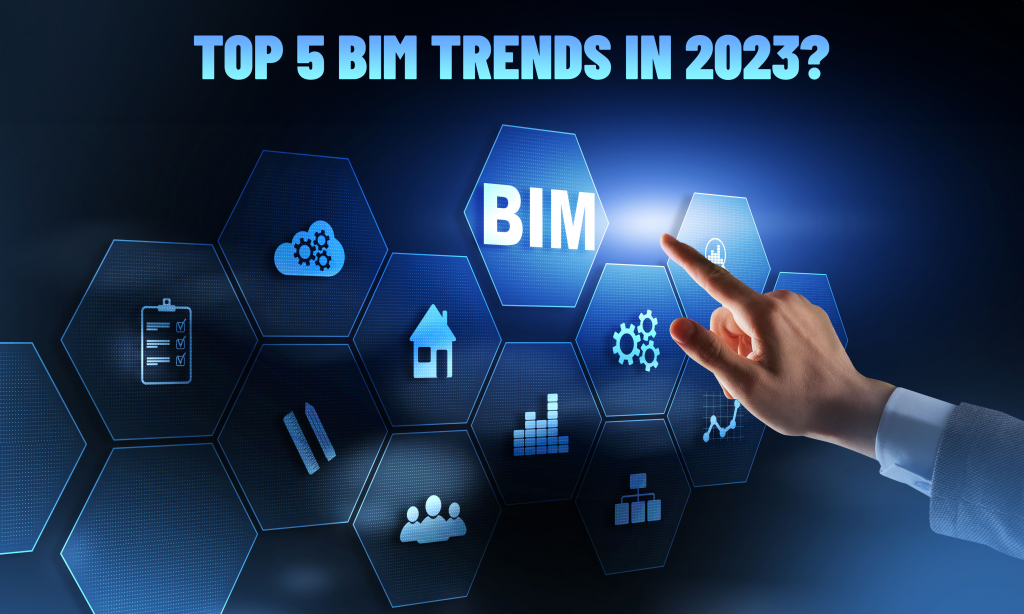Top 5 BIM Trends For 2023
GeoSmartInfrastructure
Aug 04, 2023

Building Information Modelling (BIM) has transformed the Indian construction industry tremendously and altered the way buildings are constructed and maintained. In the late 20th century BIM technology started laying its foundation, but its true potential started to show in the early 21st century. Initially, BIM was majorly used for 3D modeling and visualization, but its advancement soon begin to expand to facilitate collaboration within the stakeholder, cost management, and much more helpful feature. As the industry identifies the benefits of BIM, it became an inevitable tool in the construction process.
The application of BIM made a huge impact on the infrastructure industry. It not only helps in initiating effective communication and coordination among concerned stakeholders but also prevents errors during and after construction. BIM helps in better project planning, as a result, increases efficiency and cost reduction. BIM helps in providing sustainability in construction through deep analysis of environmental impacts.
Moving ahead to 2023, the advancement of BIM technology is expanding its horizon to a new arena. Let’s deep dive into the top 5 BIM trends which are transforming the Indian construction landscape:
- 3D Printing: With the integration of 3D with BIM technology, it has enabled stakeholders to easily visualize the intricate and precise details of the building components. This trend has completely upscaled the construction process, leading to rapid prototyping and cost-effective production of complex structures.
- Drone Usage: Equipped with cameras and sensors are now widely used to cover real-time data on the sites. BIM software process this information to develop accurate 3D models, enabling monitor progress, control of quality, and assess safety.
- Cloud integration: Cloud-based BIM platforms have transformed functionality and provided an extra boost to leverage the benefit better than before. It facilitates seamless collaboration irrespective of geographical location limitations. It gives access on sharing access to real-time updates on project data, and centralized documentation enhancing the project efficiency and coordination.
- Internet of Things (IoT): Combining IoT devices with BIM allows engineers to assess building performance, track equipment health, and optimize maintenance schedules. IoT-powered BIM improves the management of assets and provides data-driven decision-making throughout a building’s lifecycle.
- Virtual Reality (VR): BIM’s combination with VR technology-enhanced visualization helps stakeholders to fully immerse themselves in the building design even before it begins. This fosters better design understanding, engagement, and early identification of potential issues.
In conclusion, BIM has significantly evolved since its inception and continues to transform the construction industry in India and worldwide. The integration of 3D printing, drone usage, cloud collaboration, IoT, and virtual reality has propelled the continuous drive towards more efficient, sustainable, and innovative construction practices. Embracing these trends empowers the growing Indian construction Industry to deliver projects with higher precision, reduced costs, and improved overall quality. Leading to a more resilient and sustainable prosperous future for the nation’s Infrastructure.